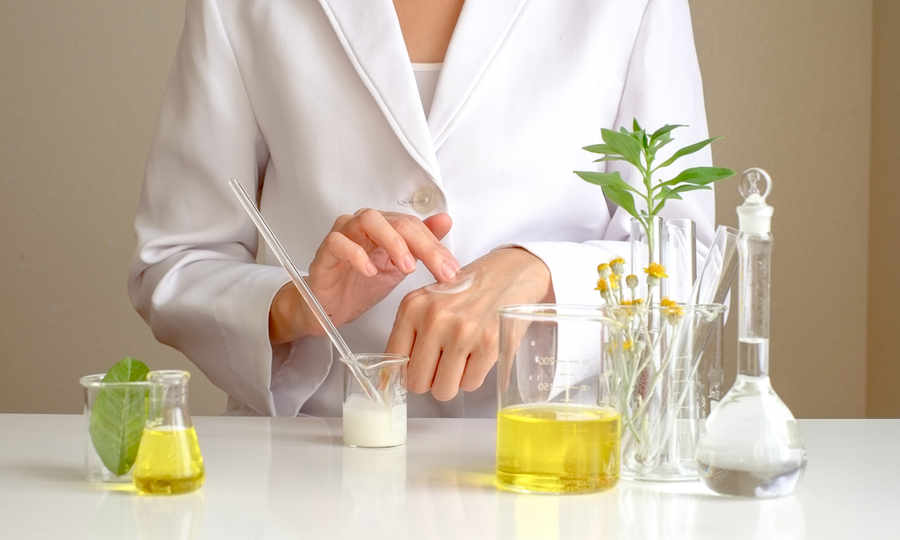

Phytopharmaceuticals have been widely used globally since ancient times and acknowledged by healthcare professionals and patients for their superior therapeutic value and fewer side effects compared to modern medicines. However, phytopharmaceuticals need a scientific and methodical pproach to deliver their components and thereby improve patient compliance and treatment adherence. Dose reduction, improved bioavailability, receptor selective binding, and targeted delivery of phytopharmaceuticals can be likely achieved by molding them into specific nano-formulations. In recent decades, nanotechnology-based phytopharmaceuticals have emerged as potential therapeutic candidates for the treatment of various communicable and non-communicable diseases. Nanotechnology combined with phytopharmaceuticals broadens the therapeutic perspective and overcomes problems associated with plant medicine. The therapeutic application of various nano-phytopharmaceuticals in neurological, cardiovascular, pulmonary, and gastro-intestinal disorders emerged as promising therapeutics for many pathological conditions with good compliance and higher acceptance.
Nanoparticulate delivery of drugs can generally improve drugs’ solubility, bioavailability, stability, pharmacological activity, increase target specificity, promote transport across membrane, prolong circulation times, and reduce systemic and organ toxicity. Pure herbal medicines are often considered less effective compared to pure constituents that are mainly demonstrated to have reduced intestinal absorption when administered orally. This is the reason behind the pharmacological activity/loss associated with pure constituents and such problems can be overcome using new drug delivery systems, such as nanotechnology.

| Material | EE | Physical characters | WATER Solubility (µg/mL) | Stability (6 months) |
||
|---|---|---|---|---|---|---|
| PS (nm) | ZP | PDI | ||||
| API | — | NA | — | — | 3 | 20% |
| Nanosponges | 98% | 161 | -37 | 0.46 | 78 (> 26 fold) |
94% |
| Phytosomes | 99% | 231 | -56 | 0.61 | 41 (> 14 fold) |
91% |
| Category | Assay | Inhibition, IC50 (µg/mL) | ||
|---|---|---|---|---|
| Curcumin API | Nanosponges | Phytosomes | ||
| Anti Oxidant | PFRAP | 72 | 52 | 28 |
| DPPH | 18 | 54 | 65 | |
| Anti Diabetic | α-Amylase | 39 | 10 | 19 |
| α-Glucosidase | 56 | 21 | 30 | |
| Anti Cancer | HCT116 | 126 | 46 | 73 |
| MDA-MB 231 | 264 | 21 | 38 | |

| Material | EE | Physical characters | WATER Solubility (µg/mL) | Stability (6 months) | ||
|---|---|---|---|---|---|---|
| PS (nm) | ZP | PDI | ||||
| API | NA | NA | — | — | 6 | 40% |
| Nanosponges | 98% | 268 | -18.9 | 0.542 | 193 (> 30 fold) |
95% |
| Phytosomes | 94% | 186 | -24.6 | 0.765 | 98 (> 15 fold) |
82% |
| Category | Assay | Inhibition, IC50 (µg/mL) | ||
|---|---|---|---|---|
| Silybin APPI | Nanosponges | Phytosomes | ||
| Anti Oxidant | PFRAP | 8 | 2 | 3 |
| DPPH | 69 | 19 | 32 | |
| Anti Diabetic | α-Amylase | 14 | 2 | 6 |
| α-Glucosidase | 5 | 0.3 | 3 | |
| Anti Cancer | HCT116 | 237 | 18 | 65 |
| MDA-MB 231 | 65 | 36 | 14 | |

| Material | EE | Physical characters | WATER Solubility (µg/mL) | Stability (6 months) |
||
|---|---|---|---|---|---|---|
| PS (nm) | ZP | PDI | ||||
| API | — | NA | — | — | 50 | 60% |
| Nanosponges | 98% | 330 | -28.8 | 0.515 | 194 (> 4 fold) |
95% |
| Phytosomes | 95% | 265 | -34.6 | 0.714 | 140 (> 3 fold) |
90% |
| Category | Assay | Inhibition, IC50 (µg/mL) | ||
|---|---|---|---|---|
| Resveratrol APPI | Nanosponges | Phytosomes | ||
| Anti Oxidant | PFRAP | 21 | 2 | 7 |
| DPPH | 84 | 46 | 40 | |
| Anti Diabetic | α-Amylase | 32 | 7 | 14 |
| α-Glucosidase | 77 | 2 | 8 | |
| Anti Cancer | HCT116 | 81 | 34 | 3 |
| MDA-MB 231 | 260 | 70 | 52 | |

| Material | EE | Physical characters | WATER Solubility (µg/mL) | Stability (60 days) |
||
|---|---|---|---|---|---|---|
| PS (nm) | ZP | PDI | ||||
| API | — | NA | — | — | 2 | 30% |
| Nanosponges | 101% | 149 | -38 | 0.44 | 26 (>13 fold) |
93% |
| Phytosomes | 92% | 102 | -42 | 0.53 | 34 (>17 fold) |
77% |
| Category | Assay | Inhibition, IC50 (µg/mL) | ||
|---|---|---|---|---|
| Quercetin APPI | Nanosponges | Phytosomes | ||
| Anti Oxidant | PFRAP | 58 | 20 | 36 |
| DPPH | 90 | 42 | 27 | |
| Anti Diabetic | α-Amylase | 11 | 2 | 8 |
| α-Glucosidase | 41 | 23 | 17 | |
| Anti Cancer | HCT116 | 219 | 66 | 98 |
| MDA-MB 231 | 116 | 82 | 60 | |